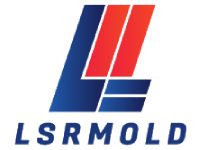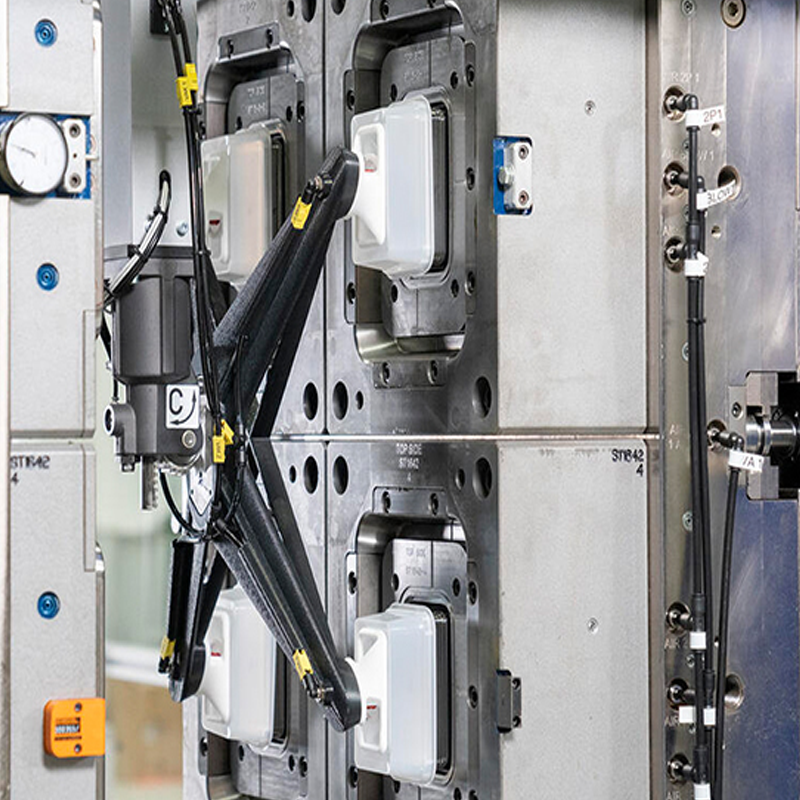In today’s fast-paced manufacturing world, companies are constantly striving to meet the demand for lighter, more cost-effective, and sustainable production methods. Thin wall injection molding (TWIM) has emerged as a game-changing process that enables the production of plastic parts with significantly reduced wall thickness, all while maintaining strength and performance. This advanced molding technique offers manufacturers numerous benefits, including reduced material usage, shorter cycle times, and faster production rates. At LSRmold, we specialize in providing state-of-the-art thin wall injection molding solutions to help businesses achieve high-quality, efficient, and cost-effective plastic parts. Let’s dive deeper into thin wall injection molding, exploring its advantages, design challenges, and applications, and learn why this process is becoming an essential part of modern manufacturing.
What is Thin Wall Injection Molding?
Thin wall injection molding refers to a specialized molding technique that involves producing parts with extremely thin walls, typically ranging from 0.3 to 3 millimeters in thickness. This process allows manufacturers to produce lightweight parts without compromising their structural integrity. Unlike traditional injection molding, thin wall molding significantly reduces material usage and cooling times, which in turn leads to faster cycle times and lower production costs.
The key challenge with thin wall molding lies in the precise control required during the injection process. Thin walls require high injection pressures and fast filling speeds to ensure molten plastic fully fills the mold cavities before freezing. For example, parts with standard wall thicknesses may fill in approximately 2 seconds, while parts with thinner walls may take only 1 second. With thin walls, careful attention must be given to gate placement, cooling channels, and other factors to prevent defects such as warping or incomplete fills.
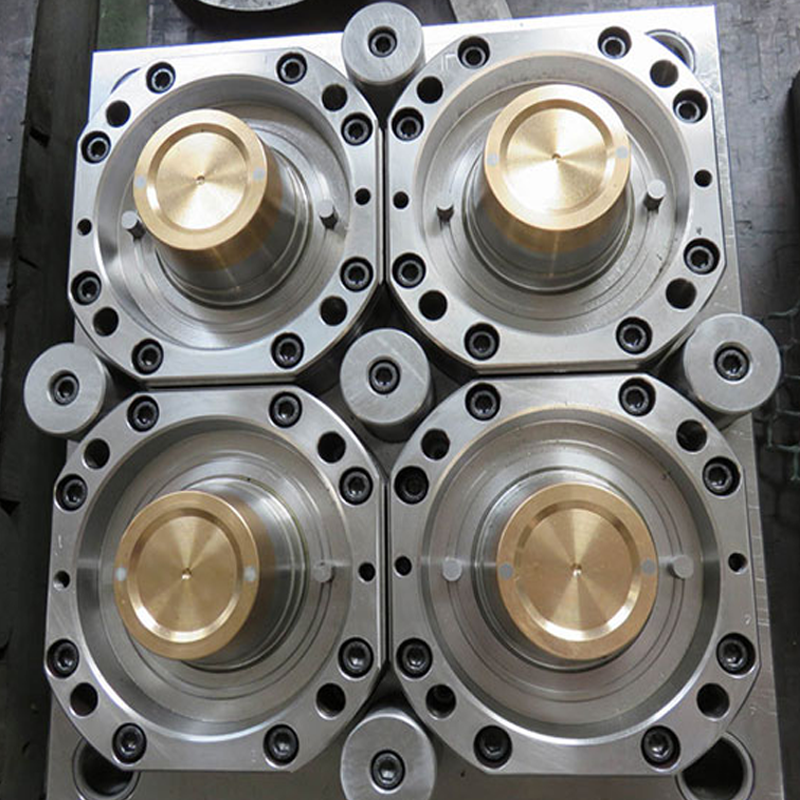
At LSRmold, we leverage cutting-edge technology and expert design techniques to help clients navigate these challenges and deliver high-performance thin wall molded parts.
Common Applications of Thin Wall Injection Molding
Thin wall injection molding is increasingly utilized across various industries, where the need for lightweight and cost-effective parts is critical. Some of the most common applications include:
– Packaging: From food packaging to medical device containers, thin wall injection molding is widely used in the production of lightweight, durable, and cost-efficient packaging solutions.
– Electronics: Mobile phone housings, electronic enclosures, and other components benefit from thin wall molding’s ability to create lightweight, high-performance parts with intricate designs.
– Automotive: Thin wall molding helps automotive manufacturers produce lightweight, high-strength components that improve fuel efficiency and overall performance.
– Medical Devices: Ultra-thin parts, such as syringes and medical device housings, benefit from the fast cycle times and precision that thin wall injection molding offers.
– Consumer Goods: From home appliances to small household components, thin wall injection molding can help reduce costs while maintaining the required part strength and aesthetic appeal.
Thin wall injection molding is also critical in industries like aerospace, telecommunications, and industrial equipment manufacturing, where performance, durability, and cost-efficiency are paramount.
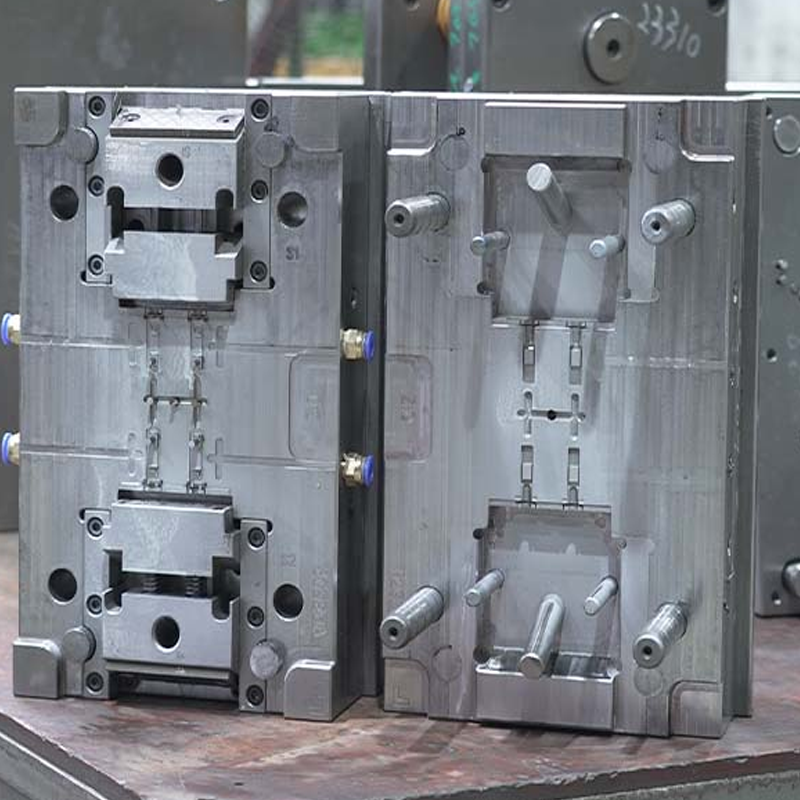
Key Benefits of Thin Wall Injection Molding
The growing popularity of thin wall injection molding can be attributed to its numerous advantages, which include:
- Cost Savings: By using less material and shortening cycle times, thin wall injection molding reduces production costs. These savings can be significant for high-volume production runs.
- Weight Reduction: The reduced material usage leads to lighter parts, which is especially important for industries such as automotive and aerospace, where weight reduction can have a direct impact on performance and fuel efficiency.
- Faster Cycle Times: Thin walls cool faster than thicker parts, resulting in shorter cycle times and quicker production rates. This speed is particularly advantageous for manufacturers with tight deadlines or high-volume production needs.
- Design Flexibility: Thin wall molding allows for more complex geometries and intricate designs. The ability to produce lightweight parts with intricate features gives designers more freedom to create innovative products.
- Environmental Benefits: The reduction in material usage and energy consumption makes thin wall molding a more sustainable option. Less material means a reduced environmental footprint during production, as well as during transportation due to lighter products.

Design Considerations for Thin Wall Injection Molding
While thin wall injection molding offers many benefits, designing for this process requires a careful balance of technical considerations. Here are some key design factors to keep in mind:
-
Uniform Wall Thickness
Maintaining uniform wall thickness is crucial for ensuring consistent flow and cooling. Varying wall thicknesses can result in uneven cooling, which may cause warping, sink marks, or voids. Designers should aim for a consistent wall thickness throughout the part to minimize these issues.
-
Gate Placement
The placement and size of the gate are critical in thin wall molding. Proper gate design ensures that the mold cavity is filled evenly and prevents premature freezing of the molten material. Gate size should be optimized to balance injection speed and part quality.
-
Cooling Channels
Since thinner walls cool faster, the design of the mold’s cooling channels becomes essential. Proper cooling helps to avoid uneven shrinkage and warping, ensuring consistent part quality.

-
Material Selection
The material chosen for thin wall injection molding should have excellent flow properties to fill the mold cavity efficiently. Materials that offer good strength-to-weight ratios and compatibility with high-speed injection molding processes are ideal for thin wall applications.
-
Ribs and Reinforcements
Incorporating ribs or gussets into the design helps to strengthen thin-walled parts without significantly increasing wall thickness. These features allow for better stress distribution and improved mechanical performance.
-
Draft Angles
To facilitate easy part ejection, draft angles should be included in the design. Proper draft angles minimize friction during the ejection process, reducing the risk of part sticking and damage.
Troubleshooting Thin Wall Injection Molding
While thin wall injection molding offers substantial advantages, manufacturers often encounter some common challenges. At LSRmold, we specialize in troubleshooting and providing tailored solutions for these issues. Here are some typical problems and how to address them:
– Short Shots: Incomplete filling of the mold can occur if the injection pressure is too low or the gate design is insufficient. Optimizing the gate location and adjusting injection speed can help mitigate this issue.
– Warping and Distortion: Uneven cooling or improper mold design can lead to warping. To prevent this, it’s essential to optimize the cooling system and ensure uniform cooling across the mold cavity.
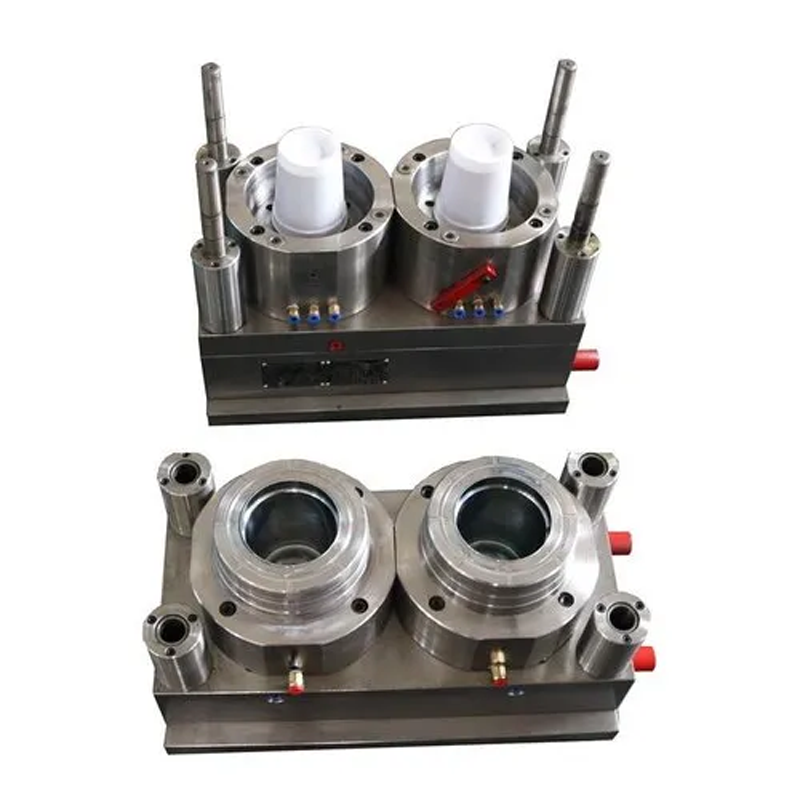
– Flash: Flash occurs when excess material leaks out of the mold due to misalignment or insufficient clamping force. Ensuring proper mold alignment and adequate clamping pressure can eliminate this issue.
– Sink Marks: Sink marks can result from rapid cooling or variations in wall thickness. Adding ribs or adjusting the wall thickness can help eliminate these defects.
– Material Degradation: Thin wall injection molding often requires high melt temperatures. Monitoring and controlling melt temperatures are essential to prevent material degradation, which can compromise part quality.
Why Choose LSRmold for Thin Wall Injection Molding?
At LSRmold, we are experts in thin wall injection molding and specialize in delivering high-performance solutions that meet the demands of industries such as automotive, medical, electronics, and consumer goods. Our advanced molding technology, combined with decades of experience, allows us to provide cost-effective, efficient, and precise thin wall molded parts.
If you’re ready to explore the benefits of thin wall injection molding for your next project, get in touch with LSRmold today. Our team is dedicated to helping you create lightweight, high-quality components that enhance your products and reduce production costs. We understand the complexities of the process and are committed to ensuring your project succeeds with optimized designs and expert troubleshooting.
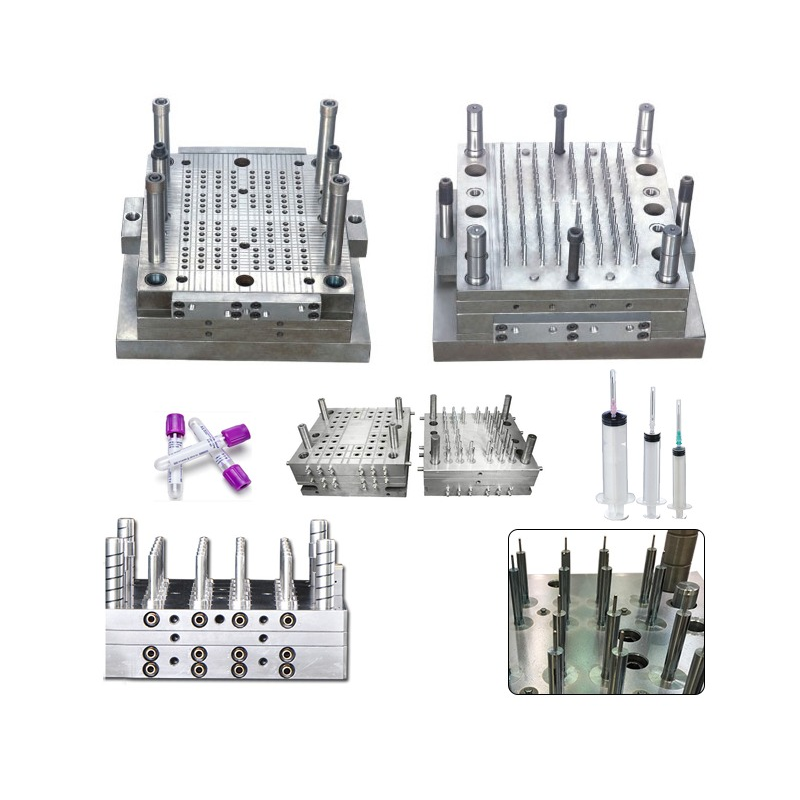
Conclusion
Thin wall injection molding is a powerful manufacturing technique that offers significant advantages, including cost savings, reduced weight, and faster production times. Its applications span across many industries, from automotive to medical, and it continues to evolve as a key solution for producing high-quality, lightweight components. At LSRmold, we are here to help you navigate the intricacies of thin wall injection molding and provide you with the support and expertise needed to achieve the best results for your business. Contact us today to learn more about how we can assist with your next project.
